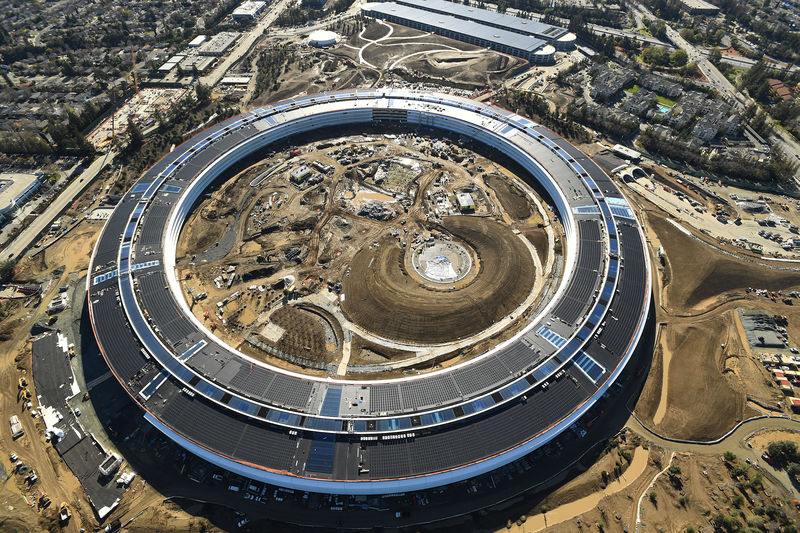Worldwide smartphone shipments increased by more than 6.5% in the second quarter, driven by Samsung Electronics and Apple (AAPL), a report from Reuters said on Monday, citing preliminary data from IDC showed.
Despite the positives, a full recovery in demand is yet to arrive, adds Reuters, highlighting that it still remains challenged in some markets.
The publication said the research firm showed that global shipments grew for the fourth consecutive quarter as smartphone makers hope artificial intelligence will entice price-wary consumers and capture a more considerable market share.
Analysts at IDC's Worldwide Tracker team told the publication that there is "lots of excitement" in the smartphone market, while "many leading Chinese OEMs are increasing shipments in the low end in an attempt to capture volume share amid weak demand."
They added that "Apple and Samsung both continue to push the top of the market and benefit the most from the ongoing premiumization trend."
Apple shares (NASDAQ:AAPL) opened more than 2% higher Monday after Morgan Stanley analysts upgraded it to a Top Pick and raised the price target from $216 to $273.
Morgan Stanley reinforced its bullish view of the stock as its analysts now have a strong conviction that the introduction of Apple Intelligence, and its limited backward compatibility, can trigger a multi-year refresh cycle for Apple devices.
"What we had previously underestimated, and what the market still underappreciates today, is just how material the impending upgrade cycle can be," said the investment bank.
Their analysis of Apple's upgradeable iPhone base, upgrade rates, new user growth, and model mix suggests Apple is poised to ship nearly 500 million iPhones over the next two years—235 million in the fiscal year 2025 and 262 million in FY26.
"While historically we'd contemplate 230-240m annual iPhone shipments in a strong cycle, these factors portend that annual shipments could reach 260-290m units, significantly higher than the 230-235m iPhone shipments the market is currently pricing in for each of the next 2 years," added the bank.
